Africa is the second-largest continent in the world, with a population of over 1.3 billion people. The continent is home to 54 countries, each with its unique culture, history, and population size. In this article, we will explore the top 10 largest countries in Africa by population, according to Worldometers.
10. Sudan
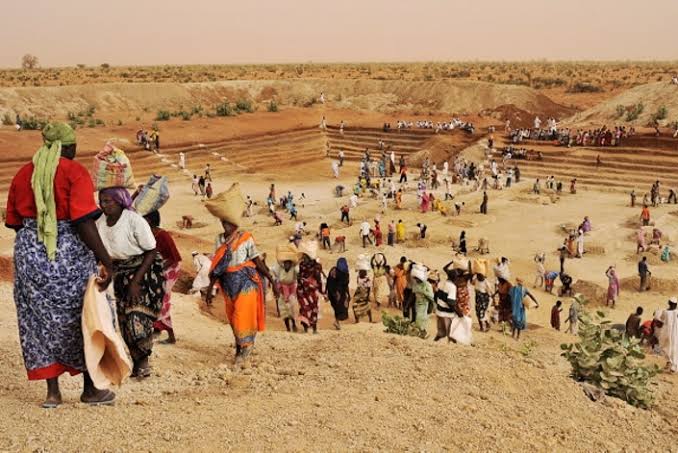
Sudan is the tenth-largest country in Africa by population, with an estimated population of over 43 million people. The country has a relatively high fertility rate of 4.4 children per woman, and a life expectancy of 65 years. Sudan is a diverse country, with over 500 ethnic groups and a range of different languages spoken. The official language is Arabic, and the majority of the population is Muslim.
9. Algeria
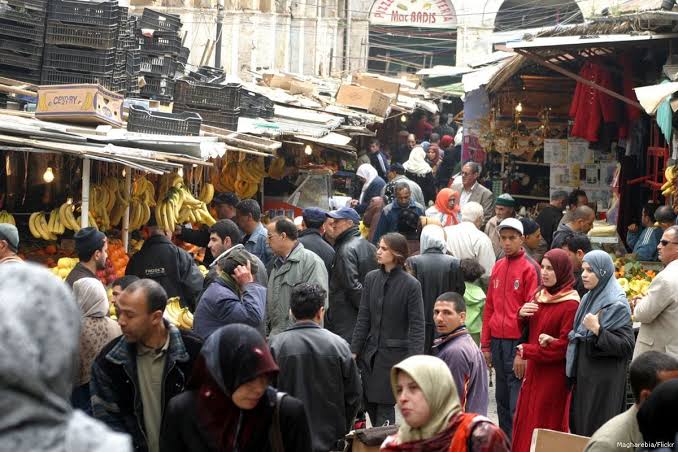
Algeria is the ninth-largest country in Africa by population, with an estimated population of over 42 million people. The country has a relatively low fertility rate of 2.7 children per woman, and a life expectancy of 77 years. Algeria is a predominantly Muslim country, with Arabic as the official language. The country is known for its rich history and culture, and its diverse landscapes, including the Sahara desert.
8. Uganda
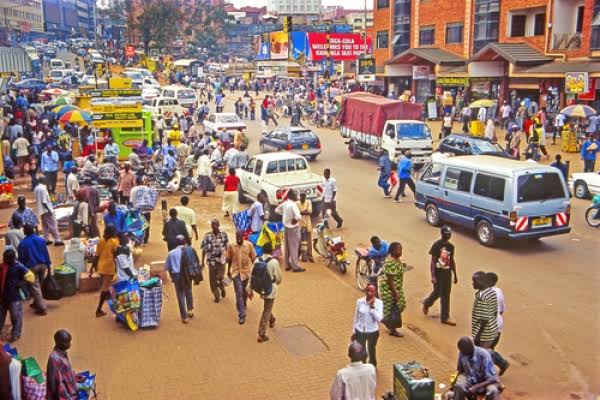
Uganda is the eighth-largest country in Africa by population, with an estimated population of over 45 million people. The country has a high fertility rate of 5.9 children per woman, and a life expectancy of 63 years. Uganda is a diverse country, with over 40 different ethnic groups and a range of different languages spoken. The official languages are English and Swahili, and the majority of the population is Christian.
7. Kenya
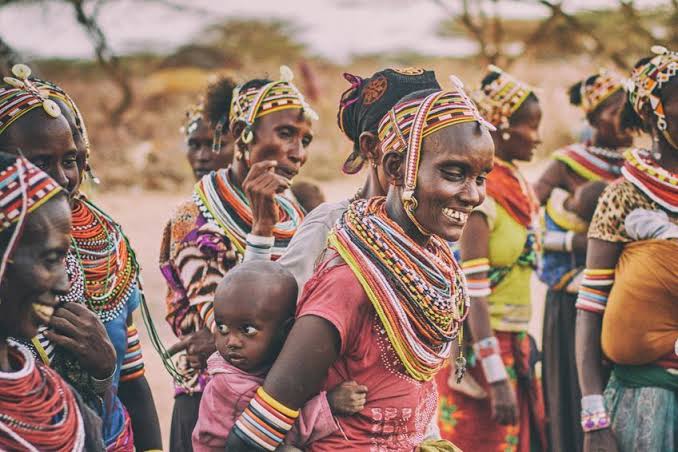
Kenya is the seventh-largest country in Africa by population, with an estimated population of over 52 million people. The country has a relatively high fertility rate of 3.5 children per woman, and a life expectancy of 67 years. Kenya is a diverse country, with over 40 different ethnic groups and a range of different languages spoken. The official languages are English and Swahili, and the majority of the population is Christian.
6. Tanzania
Tanzania is the sixth-largest country in Africa by population, with an estimated population of over 59 million people. The country has a relatively high fertility rate of 4.9 children per woman, and a life expectancy of 66 years. Tanzania is a diverse country, with over 120 different ethnic groups and a range of different languages spoken. The official language is Swahili, and the majority of the population is Christian.
5. South Africa

South Africa is the fifth-largest country in Africa by population, with an estimated population of over 60 million people. The country has a relatively low fertility rate of 2.4 children per woman, and a life expectancy of 63 years. South Africa is a diverse country, with 11 official languages and a range of different ethnic groups. The majority of the population is Christian, with a small Muslim and Hindu minority.
4. DR Congo (Democratic Republic of Congo)
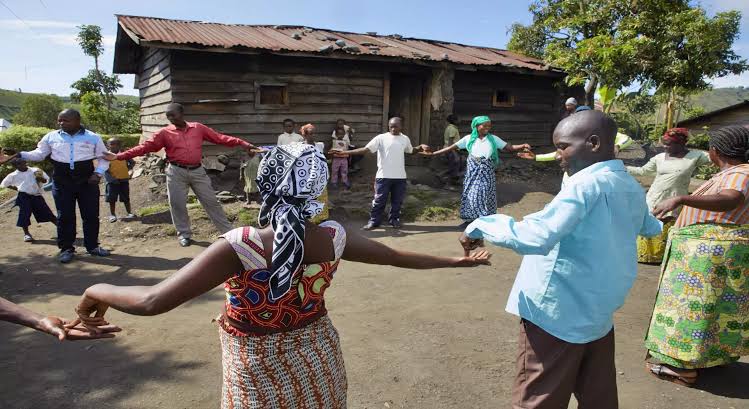
The Democratic Republic of Congo is the fourth-largest country in Africa by population, with an estimated population of over 89 million people. The country has a relatively high fertility rate of 6.3 children per woman, and a life expectancy of 60 years. DR Congo is a diverse country, with over 200 different ethnic groups and a range of different languages spoken. The official languages are French and Lingala, and the majority of the population is Christian.
3. Egypt
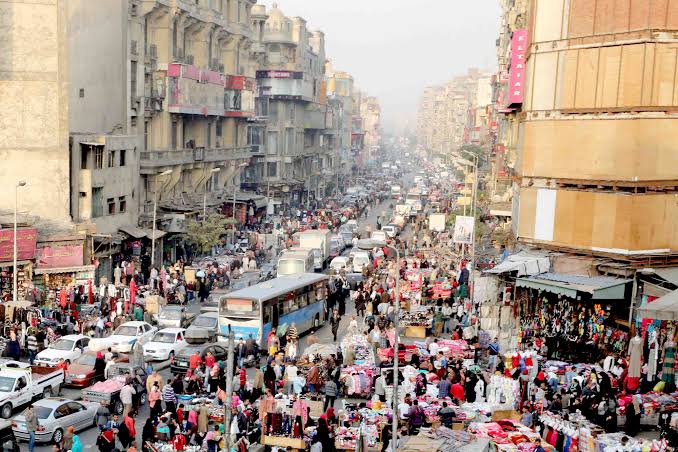
Egypt is the third-largest country in Africa by population, with an estimated population of over 101 million people. The country has a relatively low fertility rate of 3.3 children per woman, and a life expectancy of 72 years. Egypt is a predominantly Muslim country, with Arabic as the official language. The country is known for its rich history and culture, including the ancient pyramids and the Nile River.
2. Ethiopia
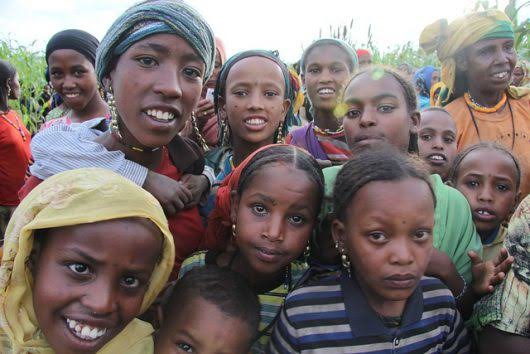
Ethiopia is the second-largest country in Africa by population, with an estimated population of over 114 million people. The country has a relatively high fertility rate of 4.2 children per woman, and a life expectancy of 66 years. Ethiopia is a diverse country, with over 80 different ethnic groups and a range of different languages spoken. The official language is Amharic, and the majority of the population is Christian.
1. Nigeria
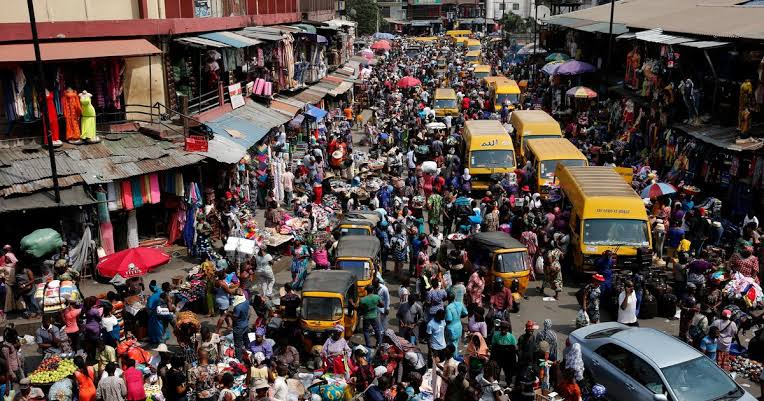
Nigeria is the largest country in Africa by population, with an estimated population of over 206 million people. The country has a relatively high fertility rate of 5.3 children per woman, and a life expectancy of 55 years. Nigeria.
Factors Affecting Population Growth Of A Country
Population growth is influenced by a range of factors, including fertility rates, mortality rates, migration, and government policies. In Africa, high fertility rates are one of the primary drivers of population growth, with many countries having an average birth rate of over 5 children per woman. This is due to a range of factors, including cultural norms and values, lack of access to family planning services, and poverty.
Mortality rates also play a role in population growth, with many African countries experiencing high rates of infant and child mortality. However, improvements in healthcare, sanitation, and nutrition have led to a decrease in mortality rates in many countries, which has contributed to population growth.
Government policies can also play a role in population growth, with many African countries implementing policies aimed at promoting family planning and reducing fertility rates. However, the effectiveness of these policies can be limited by factors such as poverty, lack of access to healthcare, and cultural norms and values.

